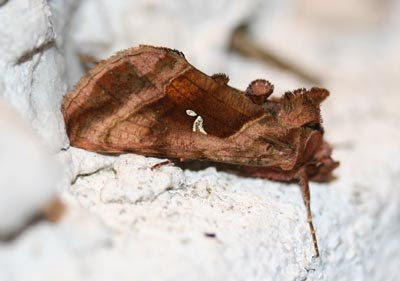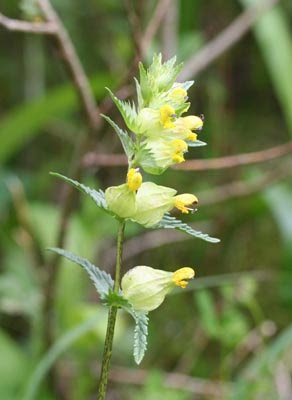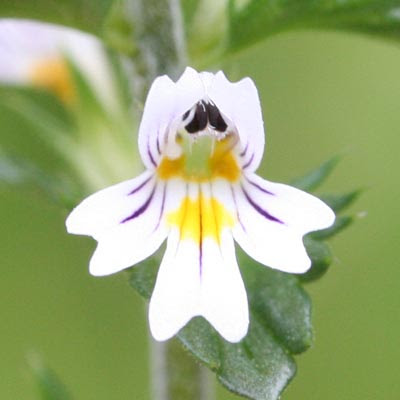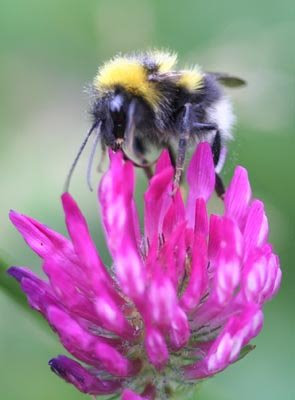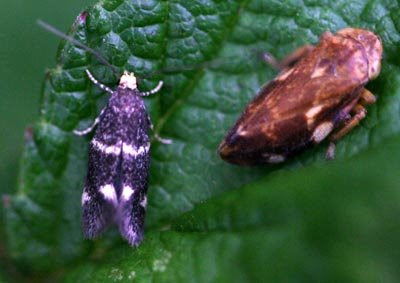Much fuss is made in books about the various species of Dactylorhiza orchids, especially in relation to their hybrids. I recognise two local 'species': Northern Marsh Orchid -
Dactylorhiza purpurella and Spotted Orchid -
Dactylorhiza fuchsii/Dactylorhiza maculata. The reason I bracket the last pair is because I simply believe we have a continuum of variations, with one extreme looking like
Dactylorhiza fuchsii and the other extreme looking like
Dactylorhiza maculata. These are - in my opinion - all hybrids, since they are known to cross and back-cross, so what we have is a hybrid swarm, with all variations in petal shape and colour being present in more or less the same locality. The following Spotted Orchids were all found within a few metres of each other.
The first two are classic 'Common Spotted Orchids', but are very pale:

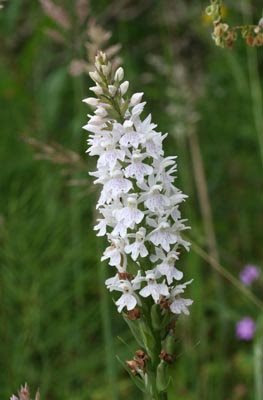
The next specimen is more towards the 'Heath Spotted Orchid', but still with a single tooth on a wide, rounded base:
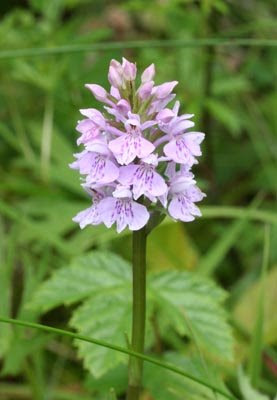
Another variant has extremely elegant flowers which are slim in all the parts.

A few years ago, I carried out an extensive survey of my local orchids. The result is here:
homepage.eircom.net/~hedgerow6/orchids.htmTo further fuel the debate, I also think that Spotted Orchids vary according to micro-climate (humidity, soil type, etc.) and that the precise variation depends on locality (your mileage may vary).
 This is the much more frequently-seen Frog-hopper, Philaneus spumarius:
This is the much more frequently-seen Frog-hopper, Philaneus spumarius: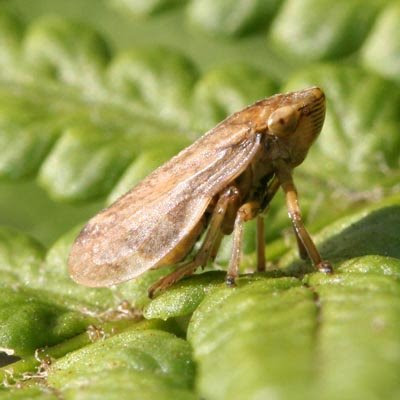
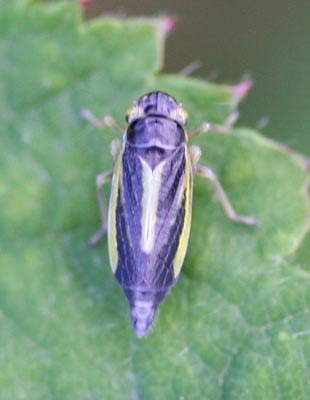
 These mines can overlap and are difficult to decipher, but I think we have 3 mines here, one of which is still occupied (you can see the 3mm yellow larva in the centre of the shot). These only mine Rosebay Willowherb.
These mines can overlap and are difficult to decipher, but I think we have 3 mines here, one of which is still occupied (you can see the 3mm yellow larva in the centre of the shot). These only mine Rosebay Willowherb.



